Project: The Wave
Clinet: Shimao
Architect:Lacime Architects
Structural design:XinY
Co-design:Tianyou
Location: Tianjin China
Completed: 2020
Awards:BEST of BEST in ICONIC AWARDS 2021
- The Structure Cantilevered 30m and the steel beams are 600mm high only.
- We use double-curve surface roof to get enough strength and stiffness.
- It's said 'form is forces'.
General: Project Background and Information
The Wave is located in Binhai New District, Tianjin, China. The building includes two storeys above ground level, a mezzanine and a single storey basement. The total height of the building is 13.3m.

Figure 1 – Lateral view ©CAAI
The roof forms a three radial star in plan. The legs of the roof star cantilever from the central reinforced concrete core with one 18m-wide leg cantilevering by 30m and other two 18m and 12m-wide legs both cantilevering by 18m. The oval first floor plate is 50m by 42m in the long axis and short axis respectively. The first floor plate also cantilevers from the central concrete core. The concrete core is 20m in diameter and formed by 600mm thick core walls.

Figure 2 – Top view ©CAAI

Figure 2a Sections ©Lacime
The building impressed visitors by its double-curved surfaces covered by scale-like aluminum plates and full height glazing.

Figure 2b - Facade ©CAAI
Creativity and Innovation
The biggest challenge of the project is to achieve the 30m span cantilever with maximum 600mm thick structural beams and without any column supports under. In the meantime, the full height glass façade is designed without any transoms, mullions nor fins. These make the entire building looks incredibly light and slender.

Figure 3 –Over 30m cantilever with 600mm high roof beams ©Shimao
Form is forces. The 30m cantilever roof is achieved by its double-curved shape. When the Gauss curvature is not 0, the surface will not be able to be flattened. The moments due to the loadings will then be resisted by the tension and compression axial forces in the surface. The Gauss curvature of this roof is negative, therefore it can utilize its natural shape to resist all loadings. The middle beams are set lower than the side beams by 2.4m. Although the physical beam thickness is only 600mm, the real structural thickness from an engineer’s eye is actually 2.4m, which is 4 times of the physical thickness. If we compare the Lay’s chips to Pringles chips, the former is more easily broken while the latter is not. The thickness of both chips is more or less the same, but Pringles chips are made to a surface with non-zero Gauss curvature. If we consider a paper as a structure, by not changing the paper thickness, the stiffness of the paper can be massively increased by folding the paper and transform it into waves. The 30m cantilever roof uses the same theory.
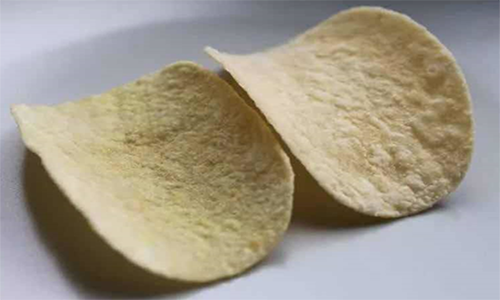
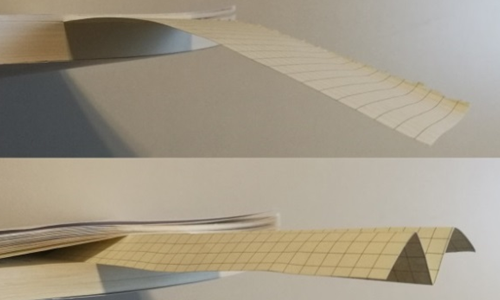
Figure 3a – Lay's chips (left) vs Pringles chips (right) Figure 3b – Physical thickness (top) vs Structural thickness (bottom)
For the 30m cantilever first floor plate, the 20m cantilever closer to the core is achieved by truss and the last 10m cantilever is achieved by upstand beams which can be hidden in the furniture. Three tuned liquid dampers are installed on the upstand beams to reduce floor vibrations and improve the experience of the visitors. The beams are also fabricated considering pre-deflection under dead load and half of live load. Ring beams are provided to tie the radius beams and increase the structural integrity. Steel plates with fins are used for both roof and first floor slab. It works as a membrane to further enhance the structural integrity.

Figure 4 – Site photo ©Shimao
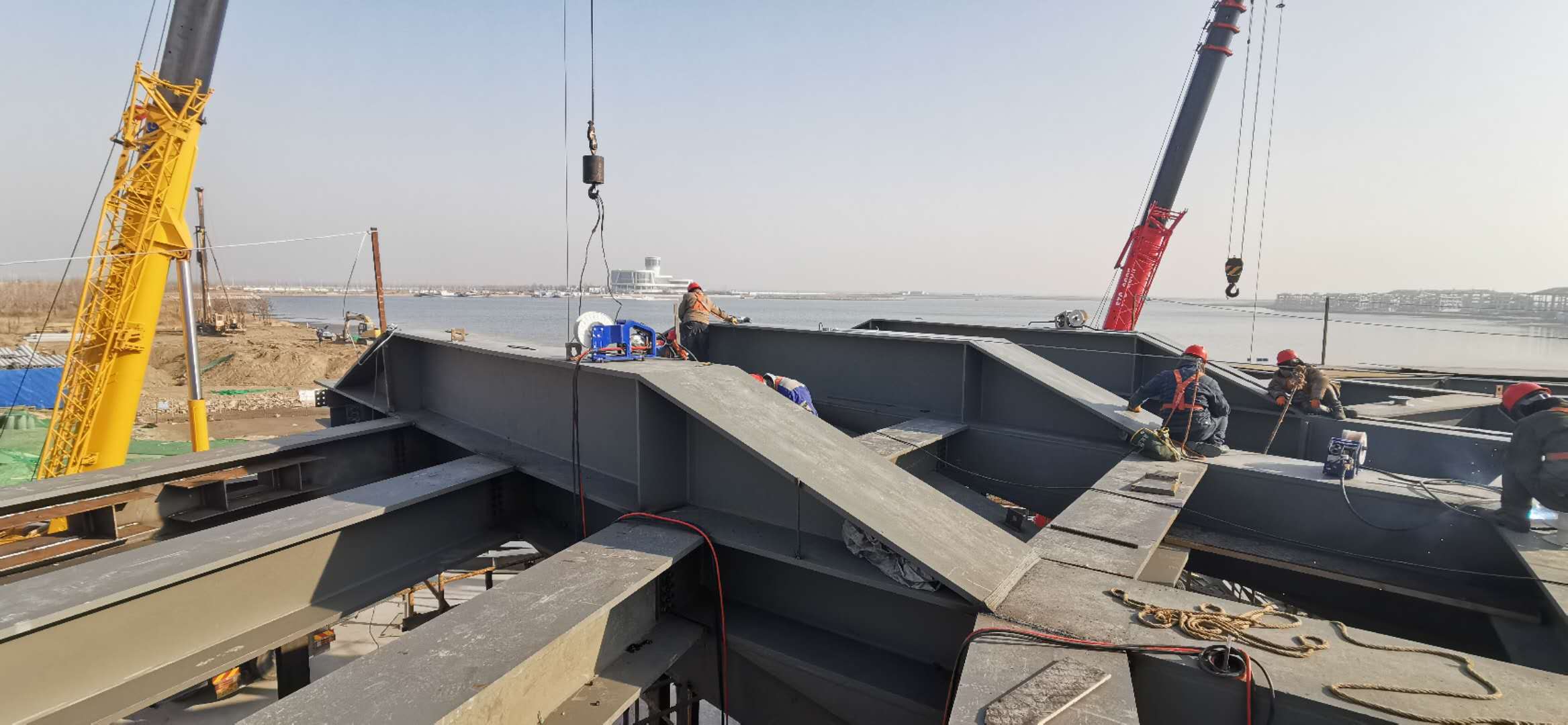
Figure 4a – Upstand beams ©Shimao
Sustainability
The steel floor plates used in the project not only works as structural members, but also a natural waterproof layer. The construction cost is therefore reduced. The steel can also be recycled when the building is demolished.
Value
The building with its impressive geometry becomes a new attraction and provides a fantastic social space for the local people.
Summary
By innovated structural strategies and close cooperation with architects, interior designers, façade designers and all parties involved, the building is able to achieve 30m cantilever with only 600mm structural thickness and looks incredibly light and slender.
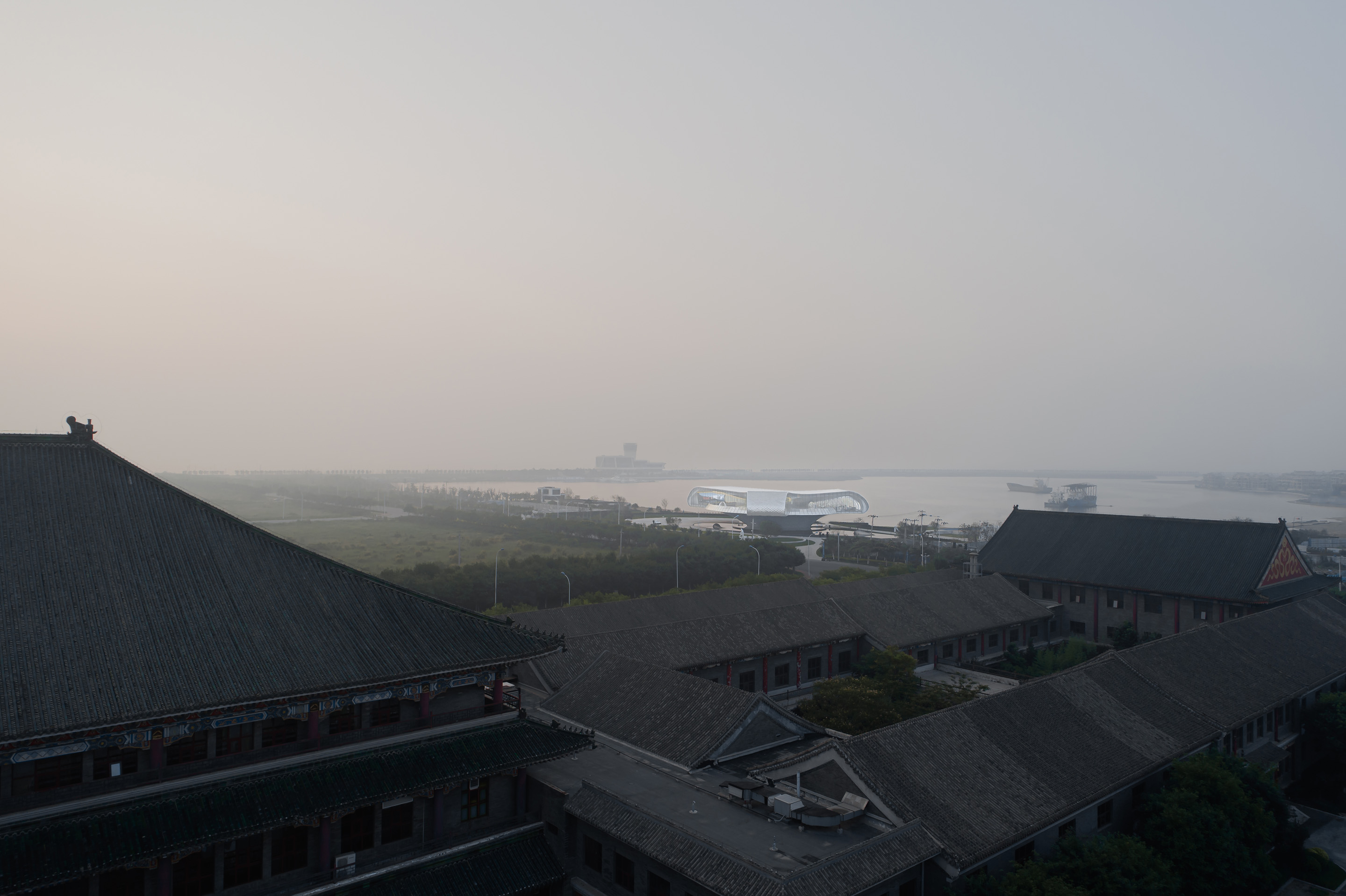
Figure 5 – Site photo ©CAAI
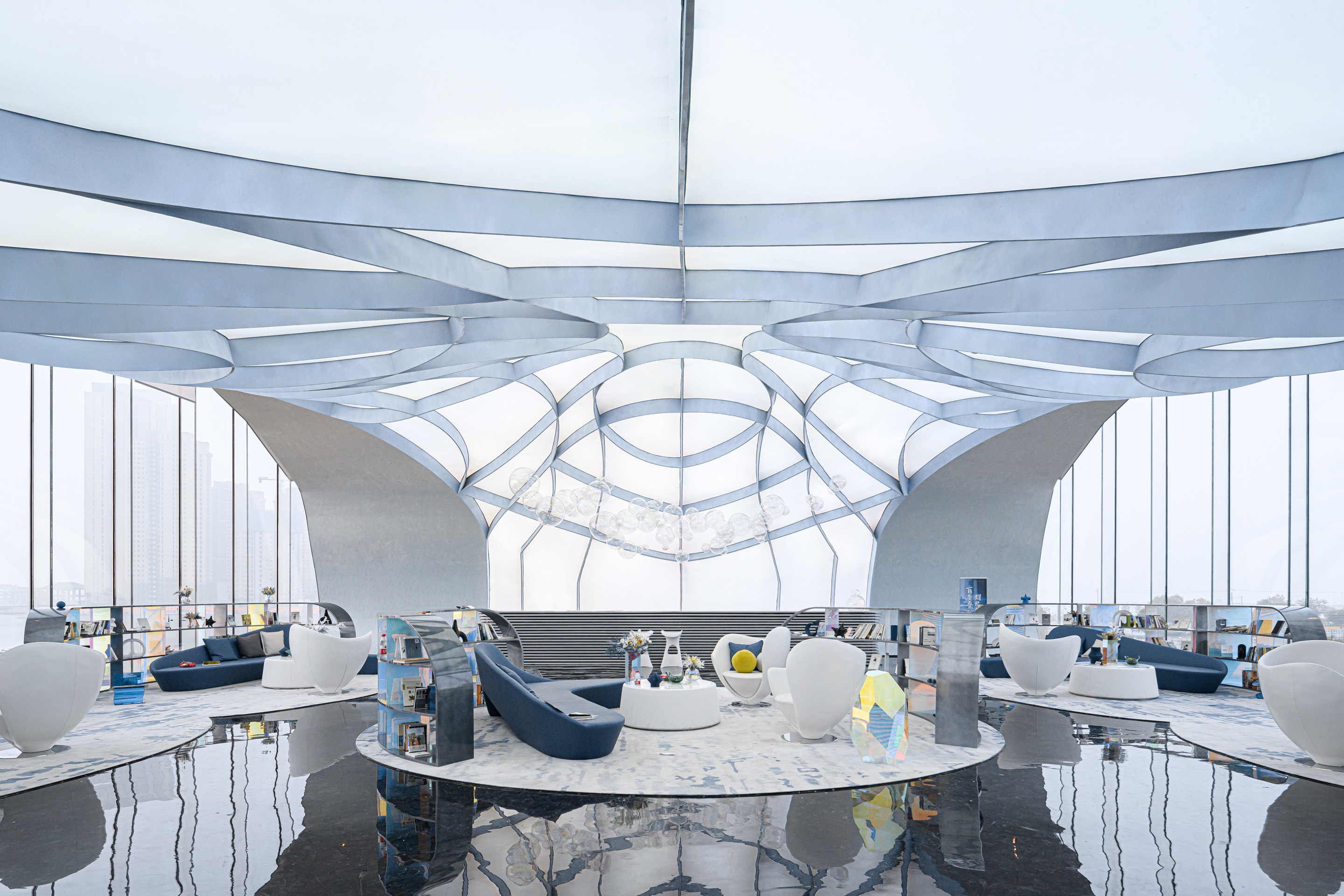
Figure 6 – Interior view ©CAAI
